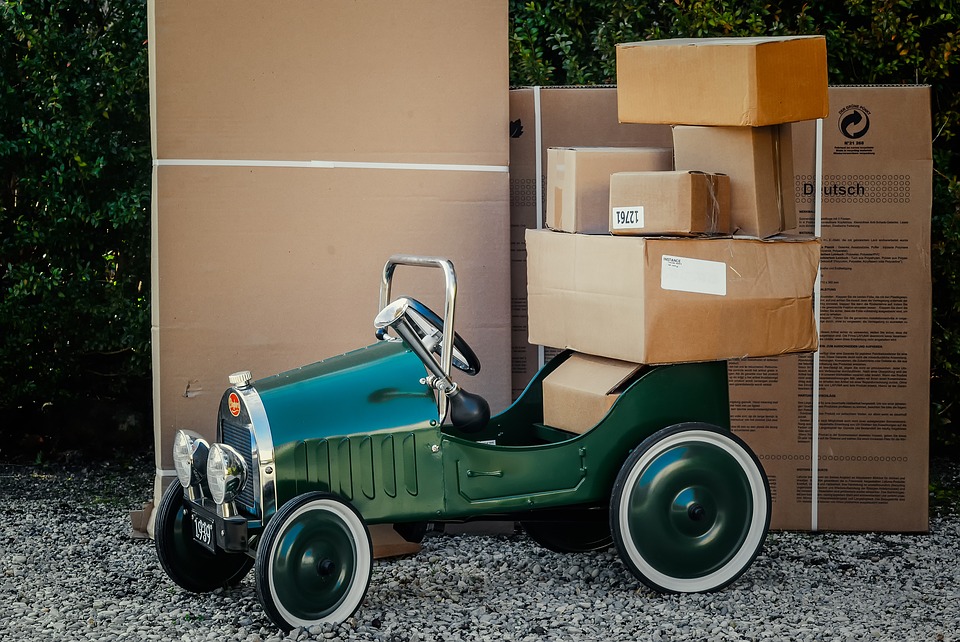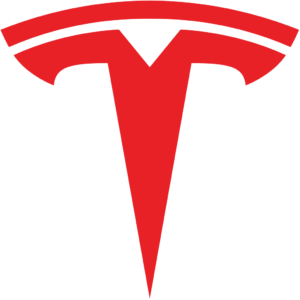Readers of my recent blog regarding Tesla’s potential competitors already know that Jeff Bezos, Amazon’s founder and CEO, had high expectations for his $700 million investment in Rivian, a startup in the electric truck market. Not only would Amazon be in on the rapidly growing electric vehicle marketplace, but Amazon’s capital would help enable the rapid fulfillment of Amazon’s order for 100,000 Rivian battery-powered electric delivery vans to be the basis of Amazon’s “last mile” delivery fleet.
Amazon has three broad goals with regard to reducing their shipping costs, which were $37.9 Billion in 2019 and will surely top $40 Billion this year. The first goal is to convert from ICE-powered small package delivery vans to battery-powered electric delivery vans. Here’s a first cut at what that might be worth to Mr. Bezos in annual “fuel” savings. At the end of 2019, Amazon had about 30,000 “last mile delivery vans and trucks”. Surely they have many more now but for purposes of this example, we’ll go with 30,000 “vans”. If each van drives 80 miles per day times 360 days per year, that’s a total delivery van fleet mileage of 864 Million miles per year. If the vans average 18 miles/gallon, that’s 48.0 million gallons of fuel needed. Assume $2.25 a gallon on average, and that’s $108 Million annually for delivery van fleet fuel.
If those Amazon vans were all electric powered and we assume they achieve 3.75 miles per kWh, then they will require 230,400,000 kWh annually. At a Bezos discount rate of 10 cents a kWh, that’s slightly over $23 Million for delivery van charging electricity. Thus by moving to all electric delivery vans, Amazon could save some $85 million a year in “fuel” costs alone. Undoubtedly they could save much more by using their distribution centers’ rooftop solar energy and storage systems and as a result paying little to nothing to charge their electric vehicles. It’s possible that with electric delivery vans Amazon could save their entire $108 Million spent annually on delivery van gasoline and diesel fuels today.
Undoubtedly, it was this first goal that drove Amazon’s $700 million investment in Rivian and its order of 100,000 battery powered electric delivery vans from Rivian. But due to Rivian’s own startup problems compounded by the added woes caused by the world’s COVID-19 pandemic, Rivian has yet to produce a single van and the planned production of their vehicles has been pushed into 2021. If that’s not enough to erode anyone’s confidence in Rivian, Rivian in its ten-year existence has yet to produce a single production vehicle of any kind, much less in significant volume production, and much less of a high enough quality to survive in a demanding daily use environment such as Amazon’s and much less for such a demanding customer as Jeff Bezos. In the meantime Amazon has been buying gas or diesel-powered delivery vans from Ford, Ram, GM, and Mercedes Sprinters, while Bezos fumes away in the background.
Surely with Rivian, Bezos wants all of Rivian’s attention focused on producing Amazon’s vans first and fast! In the short term, he could care less about Rivian’s R1T pickup truck and R1S “suburban”. Bezos may have to buy Rivian (or at least majority control of it) to accomplish this goal. To delay is to fall further behind in the electric vehicle movement and to continue to pay unnecessary costs. Bezos has to act soon. He certainly has the money to do so.
The second goal Amazon has is to eliminate its delivery van drivers by making its delivery vans capable of autonomous driving. Like ride-sharing services such as Uber and Lyft, surely one-third to one-half of the cost of Amazon’s delivery van service is that of its human drivers. On top of that human drivers are fallible drivers. They have accidents, especially when they are tired from rigorous work schedules. Correctly designed and programmed autonomous vehicles are several times safer, as Tesla has shown over billions of miles driven by their customers in actual road conditions. Driverless delivery vehicles would solve a considerable part of Amazon’s “last mile” delivery problem, but not all of it as we will see.
It is this second goal that likely initiated Amazon’s February 2019 investment in Aurora, an autonomous vehicle technology startup. A $530 Million investment in Aurora was split between Sequoia Capital, Shell Oil, and Amazon, with Amazon’s amount invested unspecified. At way south of $530 million this was a chicken feed investment for Bezos, but nonetheless a way for Amazon to learn more about the current (non-Tesla) state of autonomous driving systems.
My suspicion is that Amazon came away from its investment in Aurora wiser but somewhat disappointed with Aurora’s autonomous driving platform. Or, it could be that Amazon is simply deciding to hedge its bet with a recent display of strong interest in acquiring a similar-to-Aurora autonomous driving startup Zoox. Zoox has developed its autonomous driving system specifically for an urban environment. Their vehicles have 18 cameras, 8 Lidars, and 10 radars in their sensor stacks for a full 360 degree view around the vehicle at all times. Readers can take an impressive hour-long autonomous drive through San Francisco’s busy streets with Zoox here. Reportedly, as of this date Amazon is in “late stage” discussions to acquire Zoox.
Both Aurora’s and Zoox’s driverless vehicles have a variety of cameras and sensors hanging off every corner and the roof of their vehicles on temporary supports. If either of their systems were to be married to a Rivian delivery van (or any other manufacturer’s vehicle) there would still be a considerable design and tooling exercise required to integrate these autonomous driving systems into the delivery vehicle’s overall design and styling.
If Amazon buys Zoox, they may part ways with Aurora (or may have to). There is no way you could take some features of Aurora’s autonomous driving software and mix them with Zoox’s autonomous driving software. That would be a software nightmare guaranteed to fail, or to never arrive on time, or at all. Amazon and Rivian are already late enough as it is.
With two out of three of Amazon’s delivery problems — aka the “last mile problem” – in hand (but a long way from operational), we can now address the “last 100 feet” problem – how to get the Amazon package from the delivery van in the street into the hands of the customer or at least to their doorstep. Amazon cannot depend on their customers being home and being able to come out of their house or apartment and take (only!) their own package out of its autonomous delivery vans.
Amazon has been experimenting with all manner of small travelling robotic delivery systems that could be capable of locating a package in the delivery van, and moving it up a sidewalk or entrance walk, and depositing the package on a front stoop for instance. Perhaps as a prototype, in 2019 Amazon experimented with a sidewalk-based delivery robot named “Scout” in Seattle. Such a robot would require a long arm on it to reach from the bottom of five or six front stoop steps up to a location close to a home’s front door. Given Amazon’s experience with Kiva Systems, a robot systems company it acquired in 2012 to automate its warehouse storage and picking operations, this last Amazon delivery goal may be the easiest of these three matters for Amazon to accomplish. An alternative, if customers would permit it, would be to have an Amazon drop box in front of a home (or a multi-compartmented one in front of several homes) that could be opened, “stuffed”, and locked by a robotic arm on the delivery van, or by a separate delivery robot.
Among other significant factors, Amazon was built from the start by Jeff Bezos’ relentless drive for efficiency and cost savings. As Amazon’s customers continue to grow and with increased Amazon sales – especially from the effects of the COVID-19 pandemic restrictions, Amazon’s delivery costs are continuing to grow. Extrapolating from recent annual shipping cost increases, they could if unchecked reach some $60 Billion by 2025. You can be sure that this trend is keeping Jeff Bezos awake at night and that he will make something happen soon to mitigate this massive cost increase. He can’t permit this impasse to continue. Amazon needs a high-voltage jumpstart on its Rivian delivery van solution. Look for aggressive Bezos action involving Rivian, Zoox, and Amazon’s AWS and Kiva systems divisions. You could always ask: “What would Elon do?” Stay tuned………….
Photo courtesy Pixabay
Your feedback in the form of comments or suggestions are welcome in the comment window. Thank you for following my blogs on this site and for participating in my blogging community.




